Global Psychiatry’s Attempt to Excommunicate the Former UN Special Rapporteur on the Right to Health
Mad in America
OCTOBER 5, 2023
The insistence on the redemptive qualities and widespread acceptance of the biopsychosocial model and psychiatric pluralism seem to fall into this domain, given that psychiatry has, in practice, remained dominated by biomedicine going under the guide of the biopsychosocial model —referred to by some as “ bio-bio-bio ” model of madness.

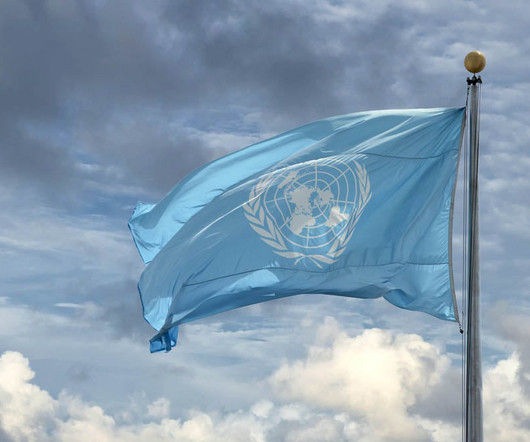
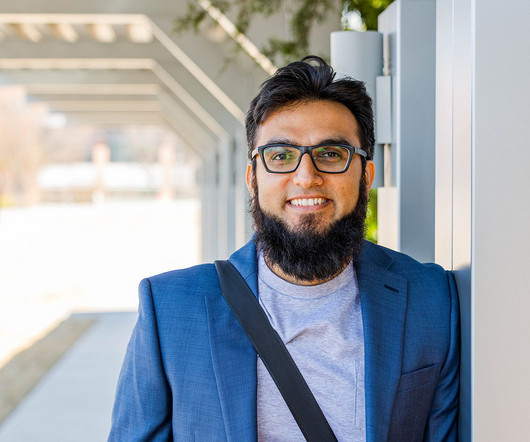
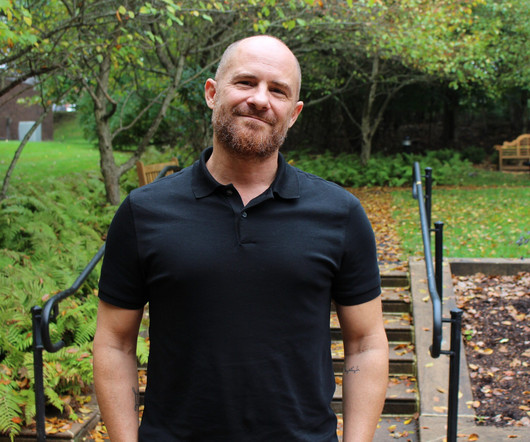
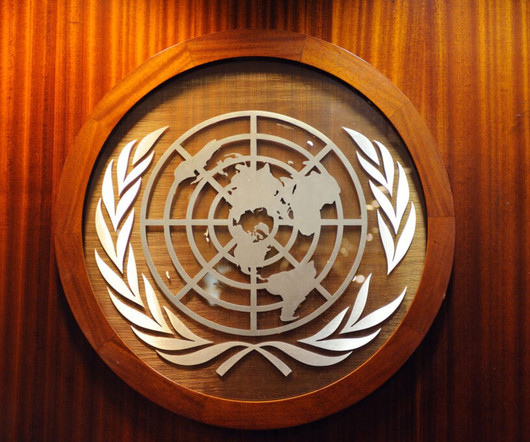
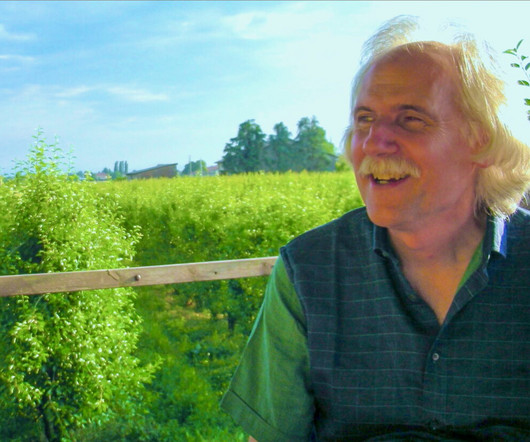
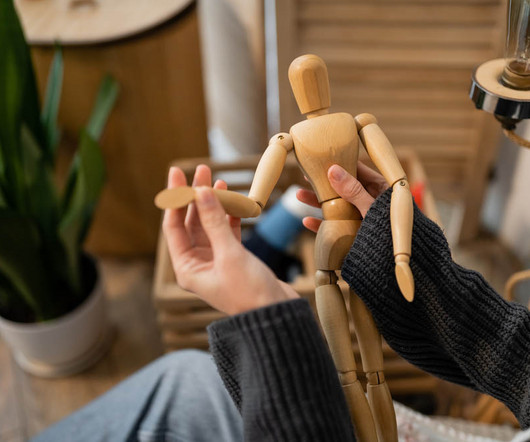
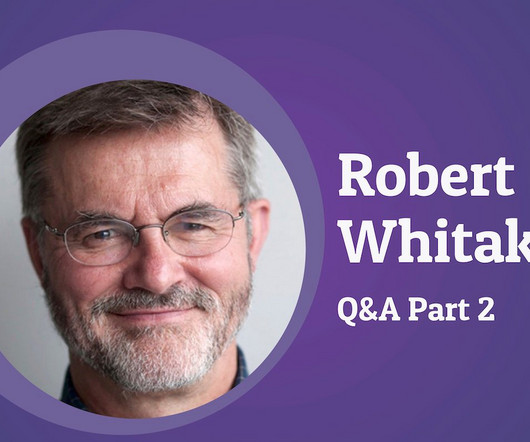
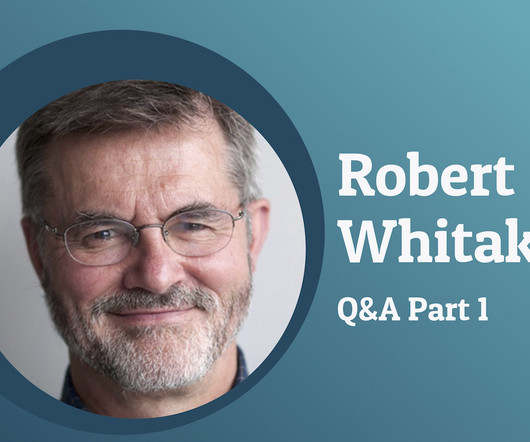
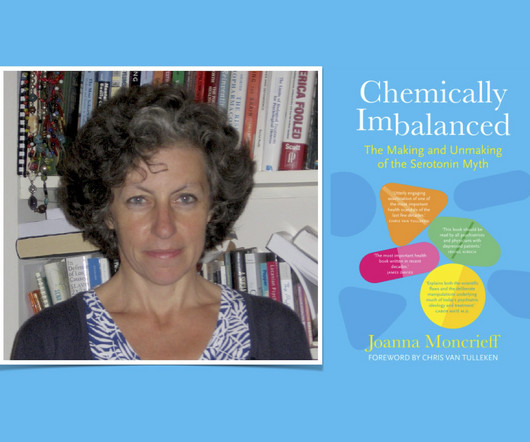
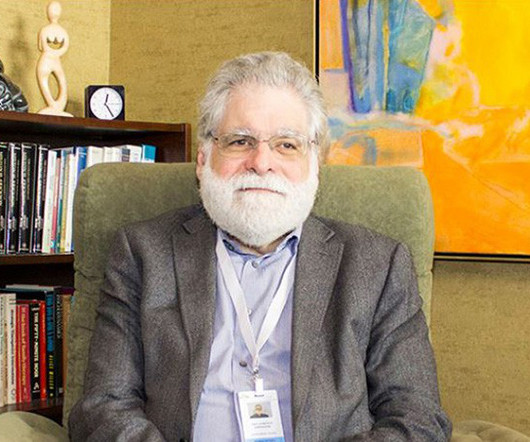
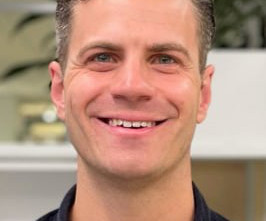
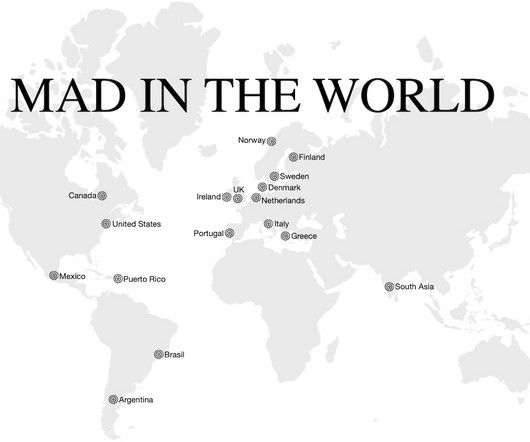






Let's personalize your content